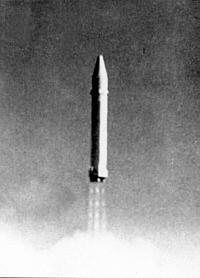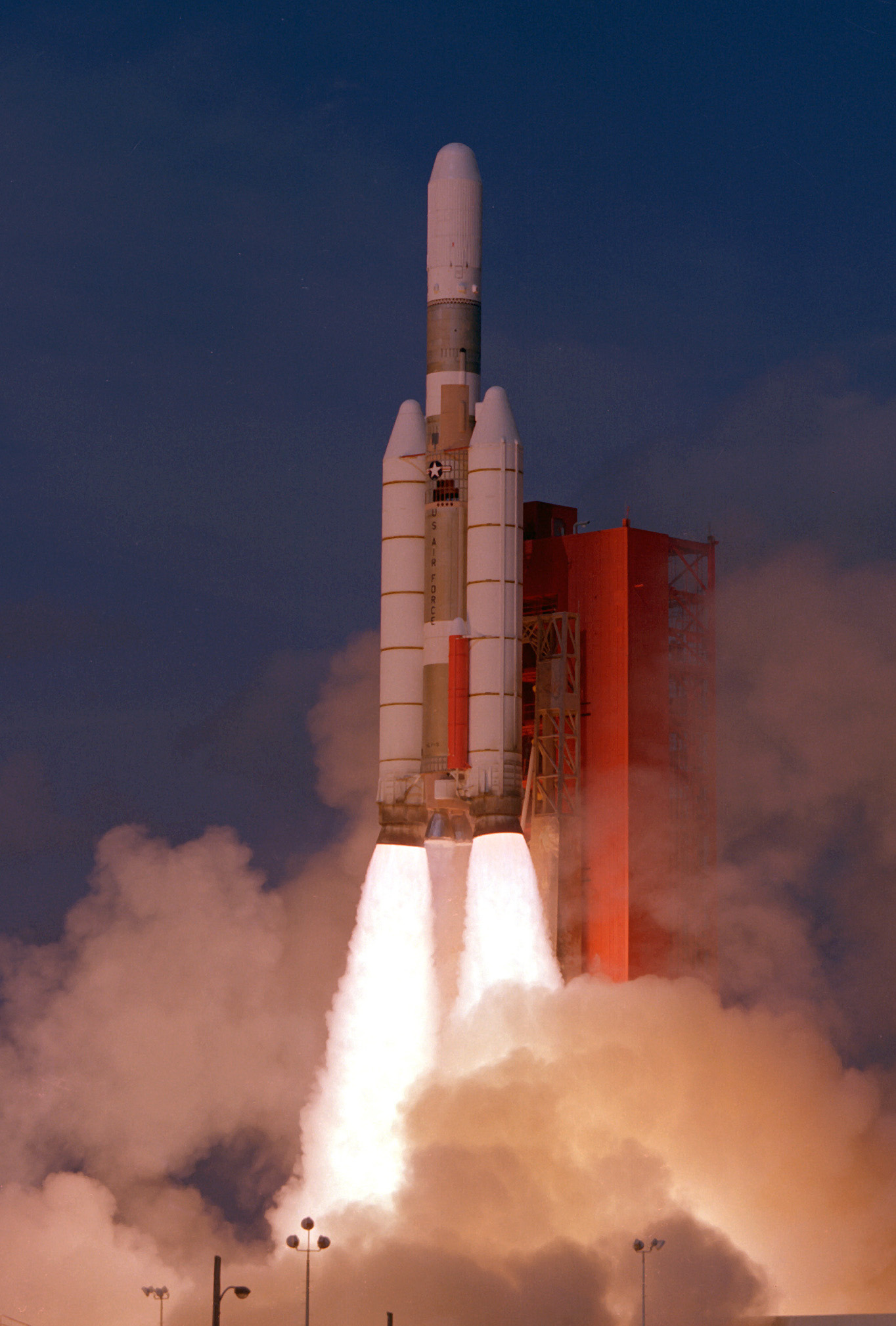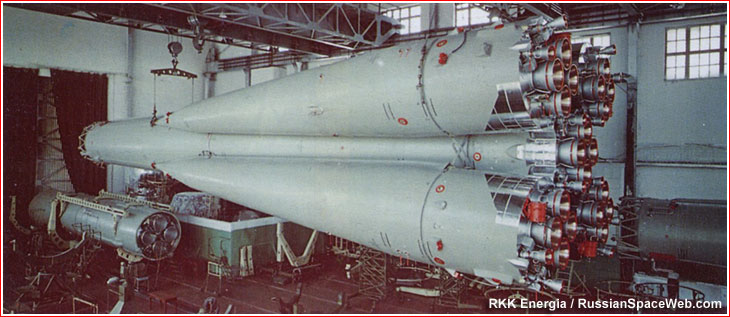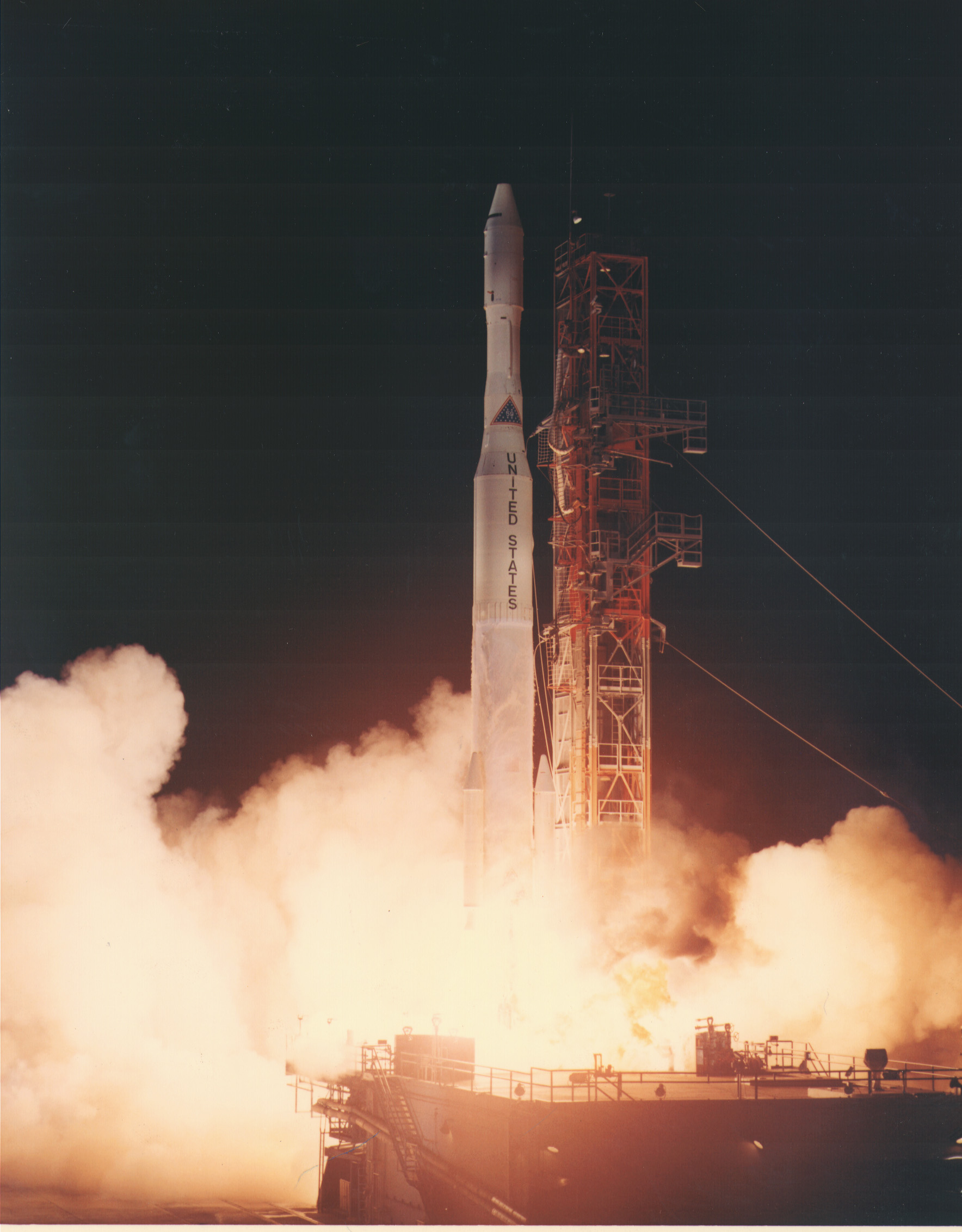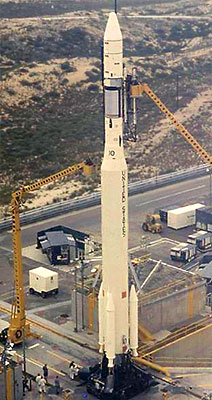Previous Spaceflight Launches
Filter by Agency, Locations or Vehicles
Show All LaunchesR-36O 8K69 | OGCh 20
Yuzhnoye Design Bureau | UkraineBaikonur Cosmodrome, Republic of Kazakhstan
Oct. 2, 1968, 1:35 p.m.
Titan IIIC | OV2-5
Lockheed Martin | United States of AmericaCape Canaveral SFS, FL, USA
Sept. 26, 1968, 7:37 a.m.
Status: Launch Successful
Mission:
The OV2 (Orbiting Vehicle 2) series satellites were originally built for project ARENTS (Advanced Research Environmental Test Satellite), which was intended to obtain supporting data for the Vela program. After the cancellation of the ARENTS program, the already built hardware was reused for OV2, a low-cost series of experimental satellites, which were to be launched for free on Titan-3C test flights to very different orbits.
Geosynchronous OrbitVoskhod | Zenit-2M 3
Soviet Space Program | RussiaBaikonur Cosmodrome, Republic of Kazakhstan
Sept. 23, 1968, 7:39 a.m.
Kosmos 11K63 | DS-P1-I 4
Strategic Rocket Forces | RussiaPlesetsk Cosmodrome, Russian Federation
Sept. 20, 1968, 2:39 p.m.
Thor Delta M | INTELSAT III F-1
McDonnell Douglas | United States of AmericaCape Canaveral SFS, FL, USA
Sept. 19, 1968, 12:09 a.m.
Status: Launch Failure
Mission:
The Intelsat 3 spacecraft were used to relay commercial global telecommunications including live TV. Three of the 8 satellites in the series (F1, F5, F8) were unusable due to launch vehicle failures, and most of the remainder did not achieve their desired lifetimes.
Geostationary OrbitThorad SLV-2G Agena D | KH-4A 48
McDonnell Douglas | United States of AmericaVandenberg SFB, CA, USA
Sept. 18, 1968, 9:32 p.m.
Voskhod | Zenit-4 48
Soviet Space Program | RussiaPlesetsk Cosmodrome, Russian Federation
Sept. 16, 1968, 12:30 p.m.
Proton / UR-500 K/D | Zond 5
Russian Federal Space Agency (ROSCOSMOS) | RussiaBaikonur Cosmodrome, Republic of Kazakhstan
Sept. 14, 1968, 9:42 p.m.
Voskhod | Zenit-2 65
Soviet Space Program | RussiaBaikonur Cosmodrome, Republic of Kazakhstan
Sept. 14, 1968, 6:50 a.m.
Titan IIIB | KH-8 16
Lockheed Martin | United States of AmericaVandenberg SFB, CA, USA
Sept. 10, 1968, 6:30 p.m.
